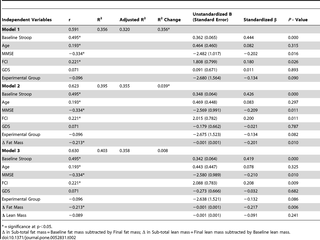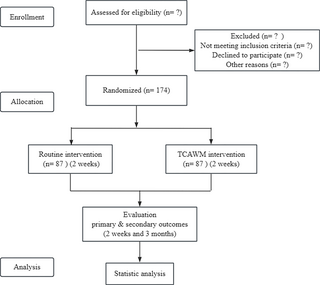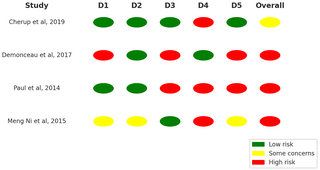El objetivo de este estudio fue examinar los efectos de un programa de 8 semanas de reentrenamiento, con 2 o 3 sesiones de entrenamiento por semana, en la medida del rendimiento funcional y potencia muscular en deportistas con reconstrucción del ligamento cruzado anterior (RLCA). Dieciséis atletas varones fueron aleatoriamente asignados a 2 grupos luego de RLCA: grupo de entrenamiento funcional (FTG, n=8) que realizo 2 entrenamientos intensos por semana (4 hrs/semana), y al grupo control (CG, n=8) que realizo 3 sesiones de entrenamiento por semana de moderada intensidad (6 hrs/semana). Los dos grupos fueron evaluados a los 4 y 6 meses post-RLCA y los efectos del reentrenamiento fueron medidos usando las siguientes evaluaciones: test funcionales y test de potencia muscular, y el test “T” de agilidad. Luego del reentrenamiento, el grupo FTG mejoro más que el CG en la pierna operada, en el test de salto a una pierna (+34.64% vs +10.92%; efecto grande); en el test de salto quíntuple (+8.87% vs +5.03%; efecto moderado), y en el test de salto triple a una pierna (+32.15% vs +16.05%, efecto moderado). En el test de agilidad T-test, el FTG tuvo una mejora significativa comparada con el grupo control (+17.26% vs +13.03%, efecto moderado). En los test de potencia bilateral, no se encontraron diferencias significativas entre los 2 grupos en el squat jump (SJ), el counter mouvement jump (CMJ) y CMJ con brazos libres (arm CMJ). Por el otro lado, el CMJ a una pierna mostró un incremento significativo en el FTG con respecto al GC (p<0.05) en valores comparativos entre la pierna lesionada vs la pierna no lesionada. El presente estudio introduce una nueva modalidad de rehabilitación luego de la reconstrucción de LCA que resulta en una buena recuperación de la pierna operada así como de la pierna contralateral. Esta podría permitir a los atletas alcanzar buenos rendimientos funcionales y de potencia muscular, con solo 2 sesiones de entrenamiento por semana, así como alcanzar una mejor preparación para el retorno a la actividad a los 6 meses post-RLCA y eventualmente economizar tiempo para una posible introducción de entrenamiento progresivo de la técnica deportiva especifica.
Abstract
The purpose of this study was to examine the effects of 8-week retraining programs, with either two or three training sessions per week, on measures of functional performance and muscular power in athletes with anterior cruciate ligament reconstruction (ACLR). Sixteen male athletes were randomly assigned to two groups after ACLR: a functional training group (FTG, n = 8) training 2 intense sessions per week (4hrs/week), and a control group (CG, n = 8) training 3 sessions per week with moderate intensity (6hrs/week). The two groups were assessed at four and six months post-ACLR and the effects of retraining were measured using the following assessments: the functional and the muscular power tests, and the agility T-test. After retraining, the FTG had improved more than the CG in the operated leg in the single leg hop test (+34.64% vs. +10.92%; large effect), the five jump test (+8.87% vs. +5.03%; medium effect), and single leg triple jump (+32.15% vs. +16.05%; medium effect). For the agility T-test, the FTG had larger improvements (+17.26% vs. +13.03%, medium effect) as compared to the CG. For the bilateral power tests, no significant training effects were shown for the two groups in the squat jump (SJ), the counter movement jump (CMJ) and the free arms CMJ (Arm CMJ). On the other hand, the unilateral CMJ test with the injured and the uninjured legs showed a significant increase for the FTG with respect to CG (p < 0.05). The present study introduces a new training modality in rehabilitation after ACLR that results in good recovery of the operated limb along with the contra-lateral leg. This may allow the athletes to reach good functional and strength performance with only two physical training sessions per week, better preparing them for a return to sport activity at 6 months post-ACLR and eventually sparing time for a possible progressive introduction of the sport specific technical training.
REFERENCIAS
¿Quieres recibir semanalmente todos los contenidos de G-SE?





